Perhaps it helps contextualize our approach, or explain what we were after. This is not at all to say that the choices were meant to inspire a cogent, solid recognition of what it was all about. Quite the contrary, actually. The intent was specifically for these choices to provoke thought and questions, create tensions and ambiguity, allow spaces for discourse, and to privilege the
body and
action – all of which can be lost in approaching Shakespeare.
Why the bare room?
The theater for Shrew has been stripped down of all of the curtains that typically separate front of house from our very tiny backstage area. We have also chose to not have a backdrop, only archways that give a skeletal frame of one on the back line of the set. Combined with the lack of curtains, this means that the audience can plainly see everything that happens backstage – actors preparing, dressing, getting ready for an entrance and so on. We also chose not to face the front of the elevated platforms with soft or hard materials, giving yet another glimpse atypical (deconstructed, to be more to the point) of what people expect from theater.
These choices were all rooted in Bertolt Brecht’s notion of epic theater (later what he called dialectical theater). A type of performance that Brecht described as one where one may keep their hat on and smoke a cigar – in other words a thinking person’s theater. By stripping away artifice and illusion, Brecht believed you could make more of a true impact with your work above simply manipulating people’s minds and emotions. This was in reaction to Brecht’s contemporaries like Stanislavski, who stressed naturalism. Theater often also privileges spectacle (think of all the big budget musicals and shows that rely on so much visual gimmickry), which Brecht looked to work counter to. Brecht believed all of these elements of the theater in his day just encouraged sheer escapism. I tend to agree, and think we’re still in some ways trapped in that mode.
It was also in small part a matter of practicality as we wanted to place audience on three sides of the set (what we refer to in the biz as 3/4 thrust), and by ditching backstage space and curtains we had more room to get the set and seating in. We also thought it might just be an interesting arrangement for the audience to see what it’s like back there, and believed that after a few minutes people who adjust and “tune out” a majority of the backstage business.
This also became my solution to the problem of how to clearly delineate the action of Shrew as a play within a play. The original script for Shrew has an induction, where a drunk has a trick played on him and is presented with this play – The Taming of the Shrew – as a parable of sorts. Most people cut the induction, but then you lose that aspect of the show. Between our staging and the silliness that mounts in Act V with even the projections making commentary about the actual actors in the show, not their characters, helps us position this clearly.
So, is the choice potentially distracting? Of course, and that’s sort of the intent. It most likely only even stands out to us because we are generally taught that we are not supposed/allowed to see backstage.
I do not believe that this style works for all plays, and those who have been seeing our shows for a while know that Shawn Paonessa and I used this approach for Embedded. The politics of that play and nature of our production lent themselves to that sort of staging, and I believe the gender politics in Shrew do the same.
The style of performance
We also chose to use the style known as commedia dell’arte for character inspiration. The commedia was an extremely broad, bawdy, physical performance style that has influenced more of what goes into modern physical comedy than it gets credit for. The style of Shrew just on the page is clearly influenced by the characters and storylines of this form. Here as some examples of who was based on whom:
Grumio = Arlechino (think Bugs Bunny style clown)
Curtis = Zanni (think big dumb oaf, pal to the main clown)
Gremio = Il Pantalone (the lecherous rich old man)
Hortensio = Il Dottore (foppish smarty pants, often a rival of the Pantalone for the love of a young lady)
Bianca and Lucentio = The Inamorata (the young lovers)
Baptista actually came from a French melodrama stock known as the Good Father.
Each of these stock characters have a physical frame, a way of holding themselves, that audiences instantly recognized. We can still see traces of this with braggart characters with their chest all puffed out, legs wide apart seemingly kicking enemies out of their way as they walk or in the old man, spine crumpled over shuffling along with his cane. This was (and is) theatrical shorthand. One look and you knew who they were. The style also prized physicality over other elements of production. Often these performances took place outdoors among crowds, or in places where the audience and performers didn’t necessarily speak the same language. This over the top physical style allowed audiences to follow along even if they couldn’t hear or speak the language.
Shakespeare can be considered almost a foreign language. Even with all the references in the script that were cut in fear a modern audience had no chance of getting them (not to mention to help us get the length down) – we were aware that not every word was going to land or resonate with every audience member no matter how hard we tried. Not all of our audience members are Shakespearean scholars, nor do they have infinite patience, so once again the choice was made to prize this physical style in an effort to help our audiences follow along while still stressing the importance of clarity to the actors.
At their cores Kate and Petruchio were inspired by stocks, though not played physically to the extremity that the other actors were – and those inspirations came in the way of Il Capitano and Columbine. Kate and Petruchio were by design to be less and less of a stock character as the play progresses. These kindred spirits are just not really as much a part of the world they inhabit and have found comfort in one another.
These stocks were in some cases played to an absurd extreme, to a grotesque extent. This once again goes back to my desire for an epic, or dialectic, performance. Let’s take this ancient text and play the material to an extreme, while showing our main couple more modern, reasonable, as equals. Instead of Kate and Petrchio being these outlandish extremes, those around them seem to make them look almost normal in comparison.
These are not all things that can be explained in a program note or during a curtain speech – nor do they even want to be approached that way. If we made you think at all – be it about this particular text or our modern world – I think we did our jobs. Sometimes the lingering question in an audience member’s mind after a performance is the desired effect.
It is always difficult to do something old a new way. I gave up on trying to make everyone happy all the time long ago. I believe in the power of live performance, of the possibilities in seeing what new messages may lurk in old works or at the very least showing old things in new ways. As artists we cannot shun innovation, experimentation and risk-taking for the sure or safe thing. I am grateful to have such gifted and dedicated artists around me willing to go for a ride like this.
We are also really fortunate to have such a great community that supports our work, that appreciates our philosophy and our efforts. You certainly do make it easier for us be able to do our thing.
And we can’t thank you enough for that.

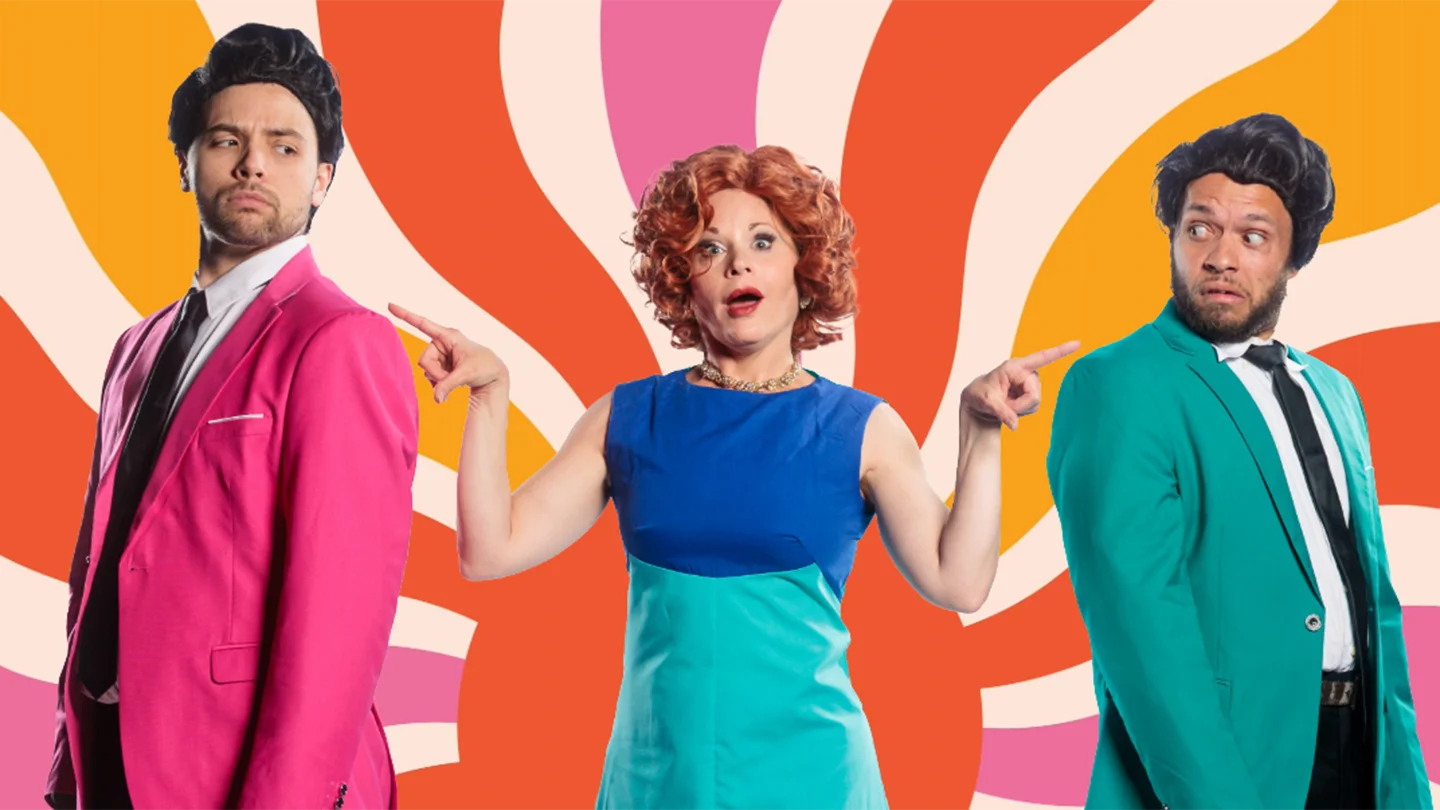
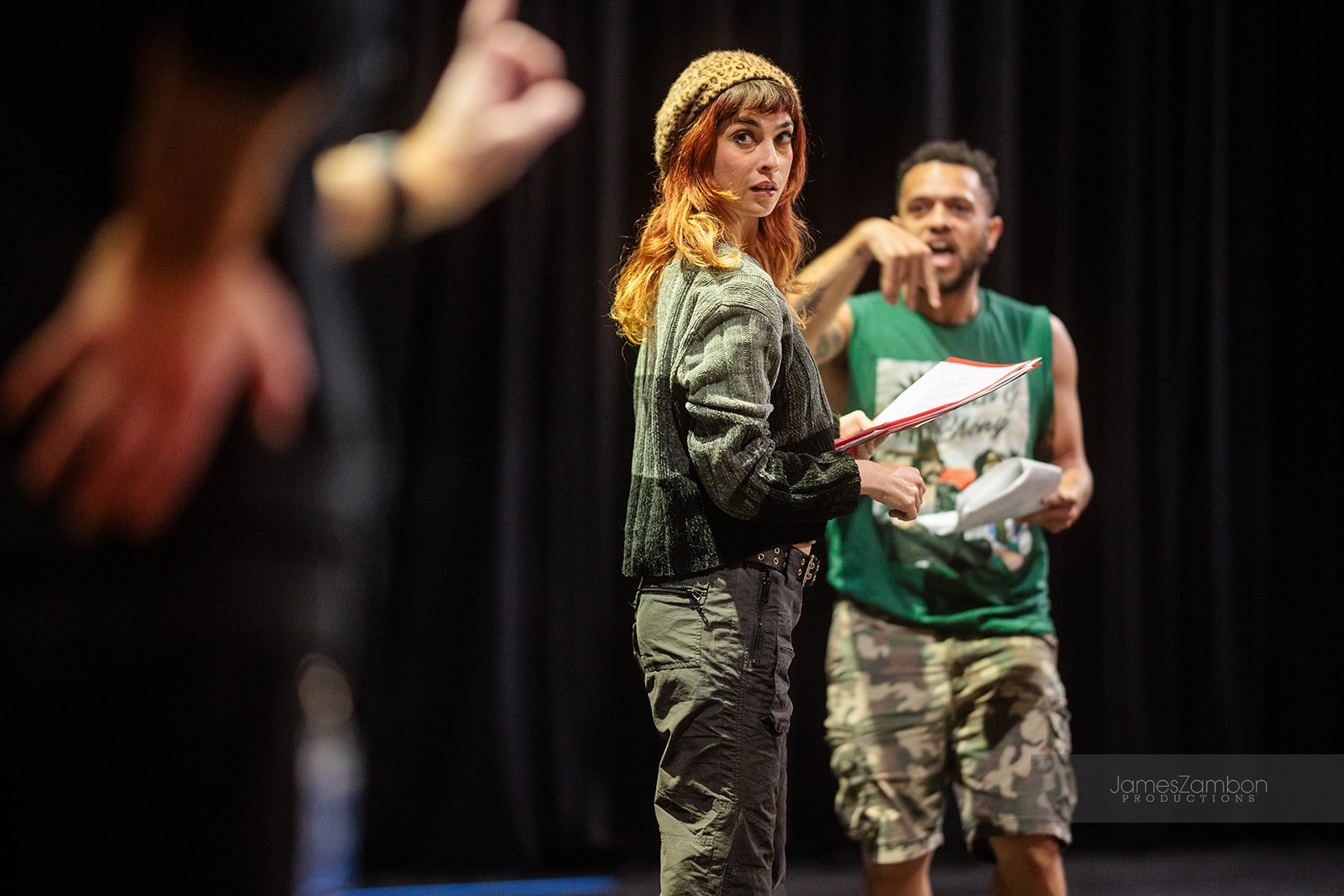
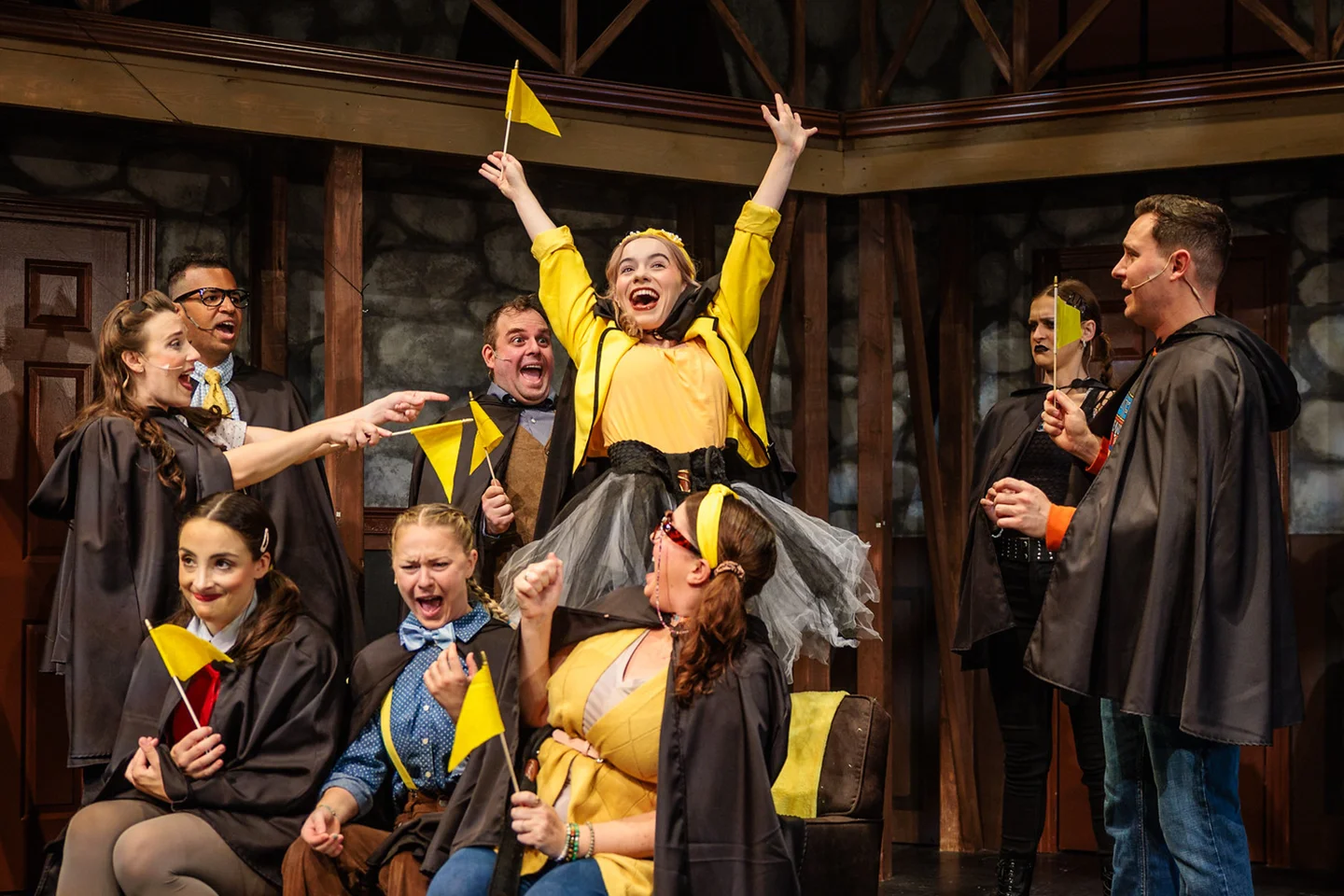
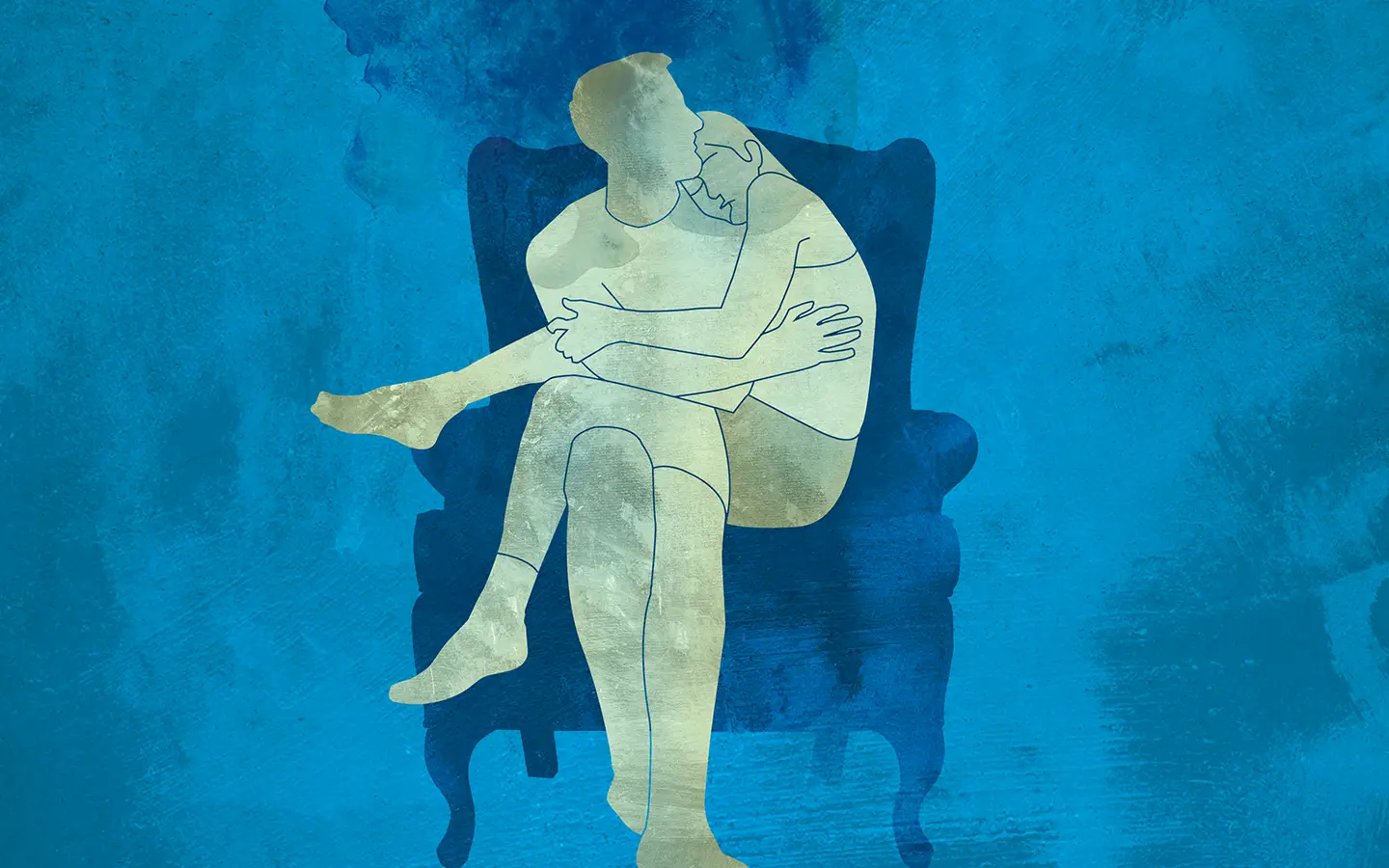
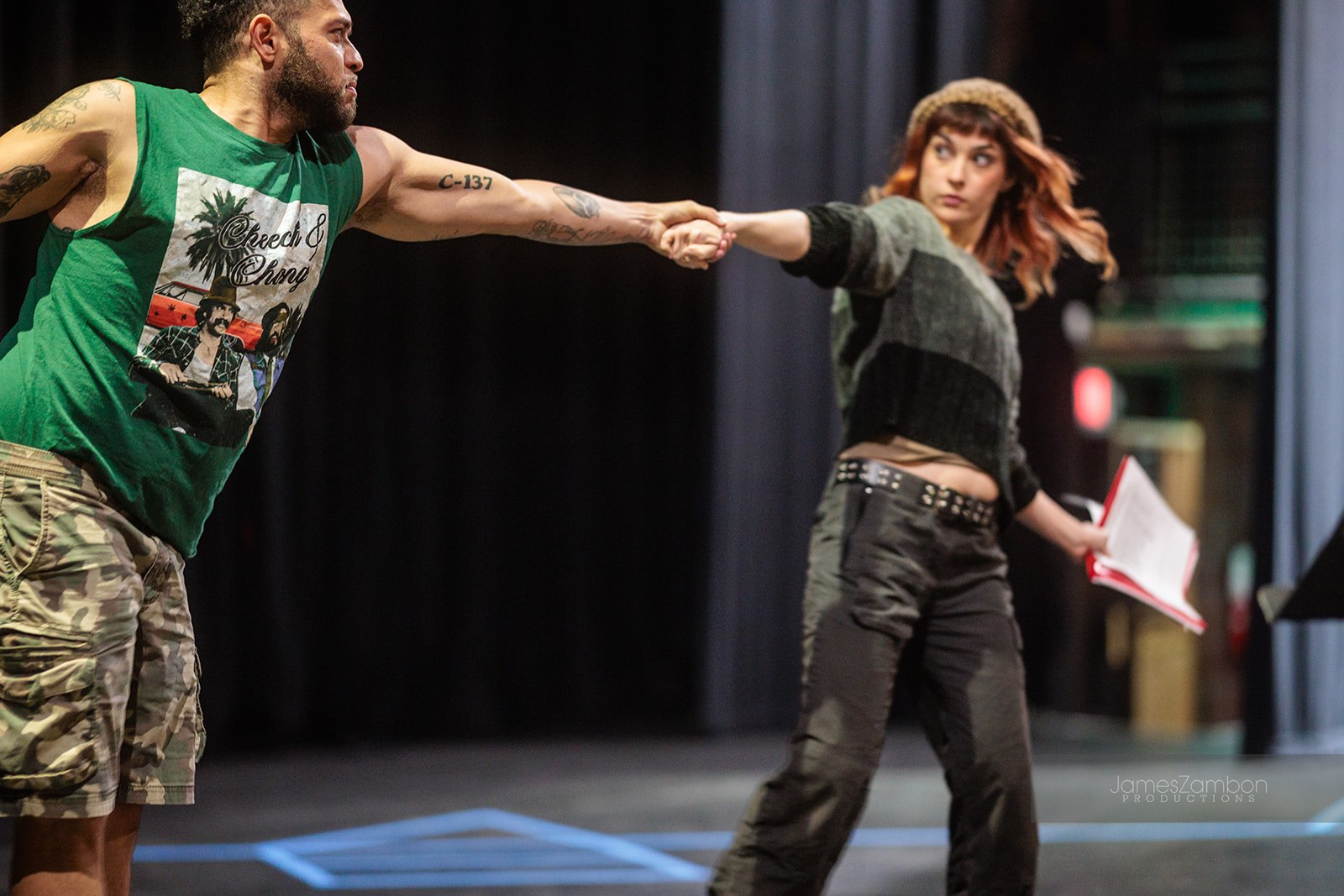

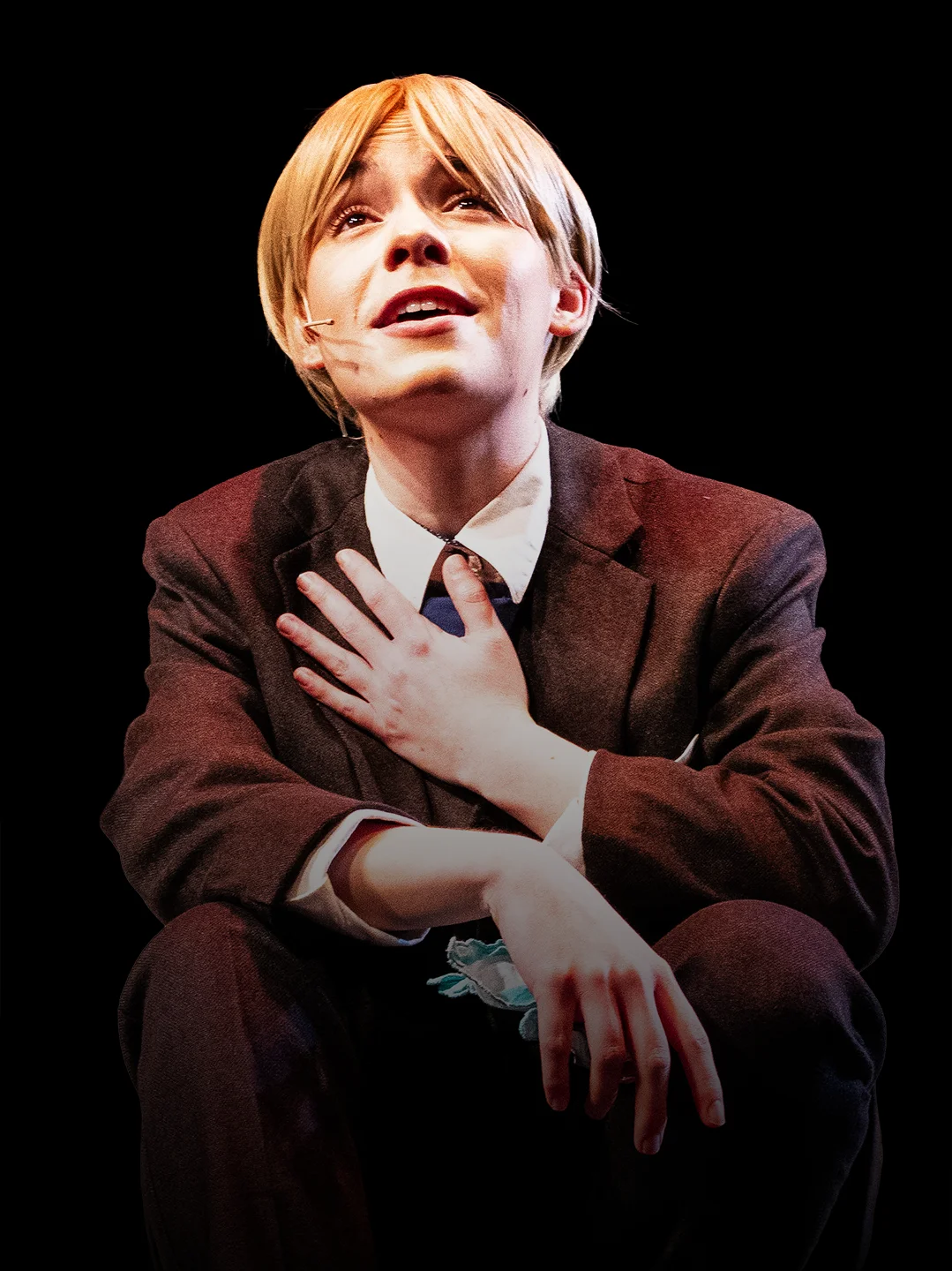
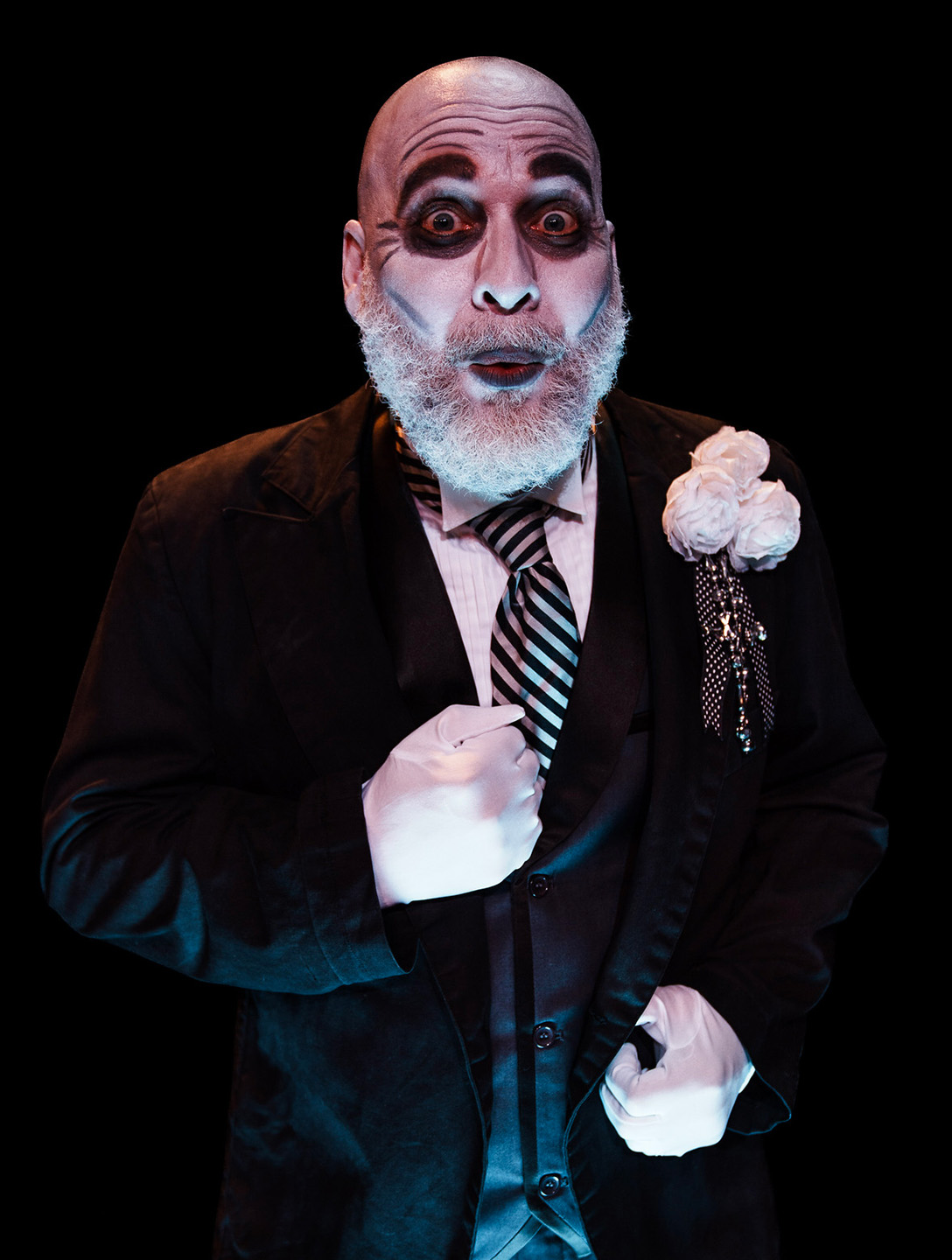
One Response
It was very interesting for me to read that blog. Thanks the author for it. I like such topics and everything that is connected to them. I would like to read more soon.